Info
Subfamily: Chloridoideae
Genus etymology: Eragrostis = "love grass" [Greek] unclear origin, other etymologies such as "early grass" or "very grass" have also been speculated
Species etymology: elongata = "elongated" [Latin] refering to the inflorescence
Photosynthetic type: C4 (warm season)
Nativity: naturalized - accidental
First recorded in Hawaiʻi: 1949
Map

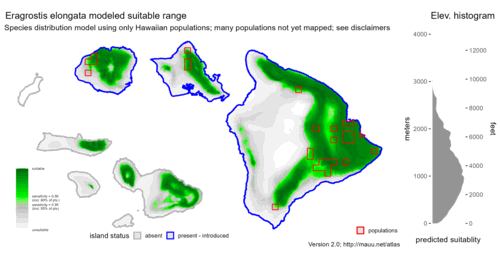
Inflorescence
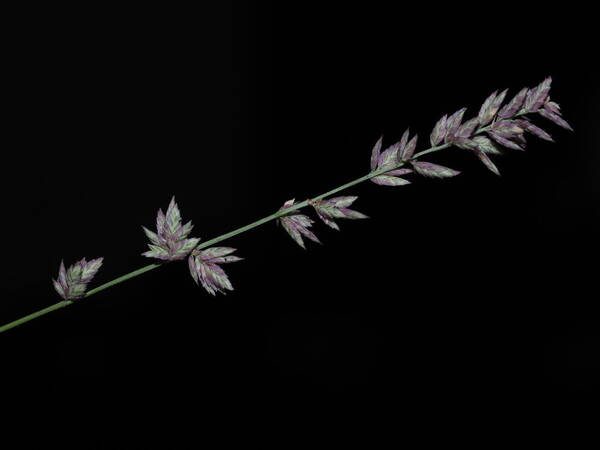







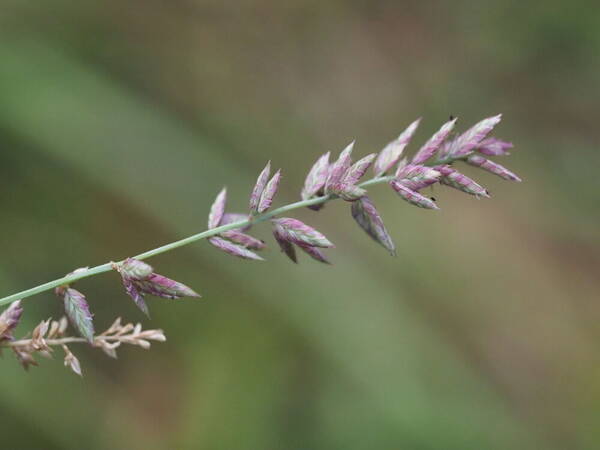
Plant

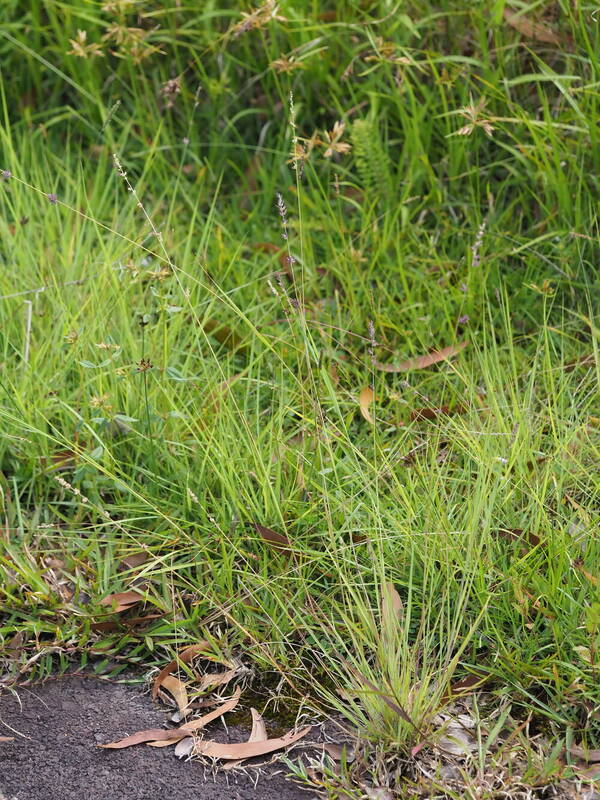
Habit



Spikelets


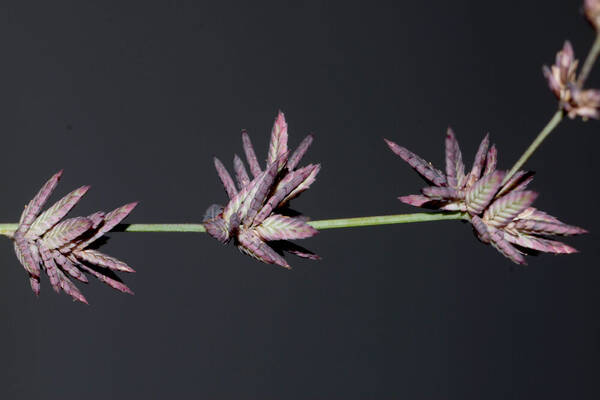

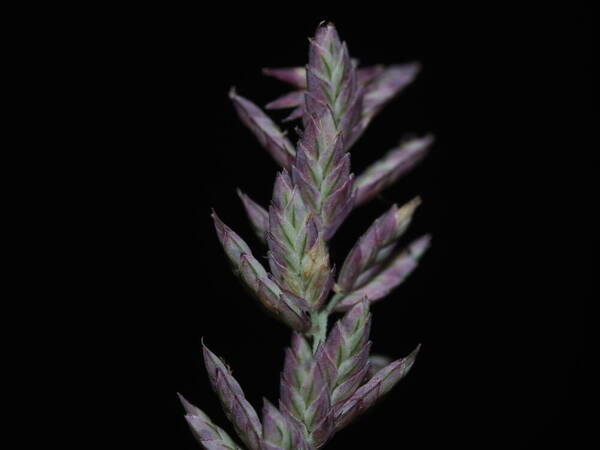
Description
Plants perennial; cespitose, with innovations, without rhizomes, not glandular. Culms 28-60 cm, erect to decumbent, glabrous below the nodes. Sheaths glabrous, apices sparsely hairy, hairs to 2 mm; ligules 0.3-0.4 mm; blades 5-20 cm long, 0.8-3 mm wide, flat to involute, abaxial surfaces glabrous, adaxial surfaces scabridulous, occasionally hairy near the base. Panicles terminal, (5)8-20(22) cm long, 1-3.5 cm wide, spicate to narrowly ovate, branches condensed into glomerate lobes; primary branches 0.8-3 cm, appressed or diverging up to 90° from the rachises, spikelet-bearing to the base; pulvini glabrous; pedicels 0.2-1.3 mm, flat¬tened, mostly appressed, all shorter than the spikelets. Spikelets 3-7 mm long, 1.8-2.4 mm wide, linear-lanceolate, stramineous with a reddish-purple tinge, with 8-18 florets; disarticulation acropetal, glumes first, then the lemmas, paleas persistent. Glumes subequal, 1.2-2 mm, narrowly lanceolate to lanceolate, membranous; lemmas 1.5-2.2 mm, lanceolate to ovate, leathery, greenish, lateral veins conspicuous, apices acute; paleas 1.1-1.7 mm, hyaline, narrower than the lemmas, keels ciliate, cilia to 0.2 mm, apices obtuse to acute; anthers 2, 0.2-0.3 mm, purplish. Caryopses 0.4-0.5 mm, ovoid, not grooved, smooth, light brown. 2n = unknown.
(Description source: Barkworth, M.E., Capels, K.M., Long, S. & Piep, M.B. (eds.) 2003. Flora of North America, north of Mexico. Volume 25. Magnoliophyta: Commelinidae (in part): Poaceae, Part 2. Oxford University Press, New York. 783 pp. http://floranorthamerica.org/Eragrostis_elongata )